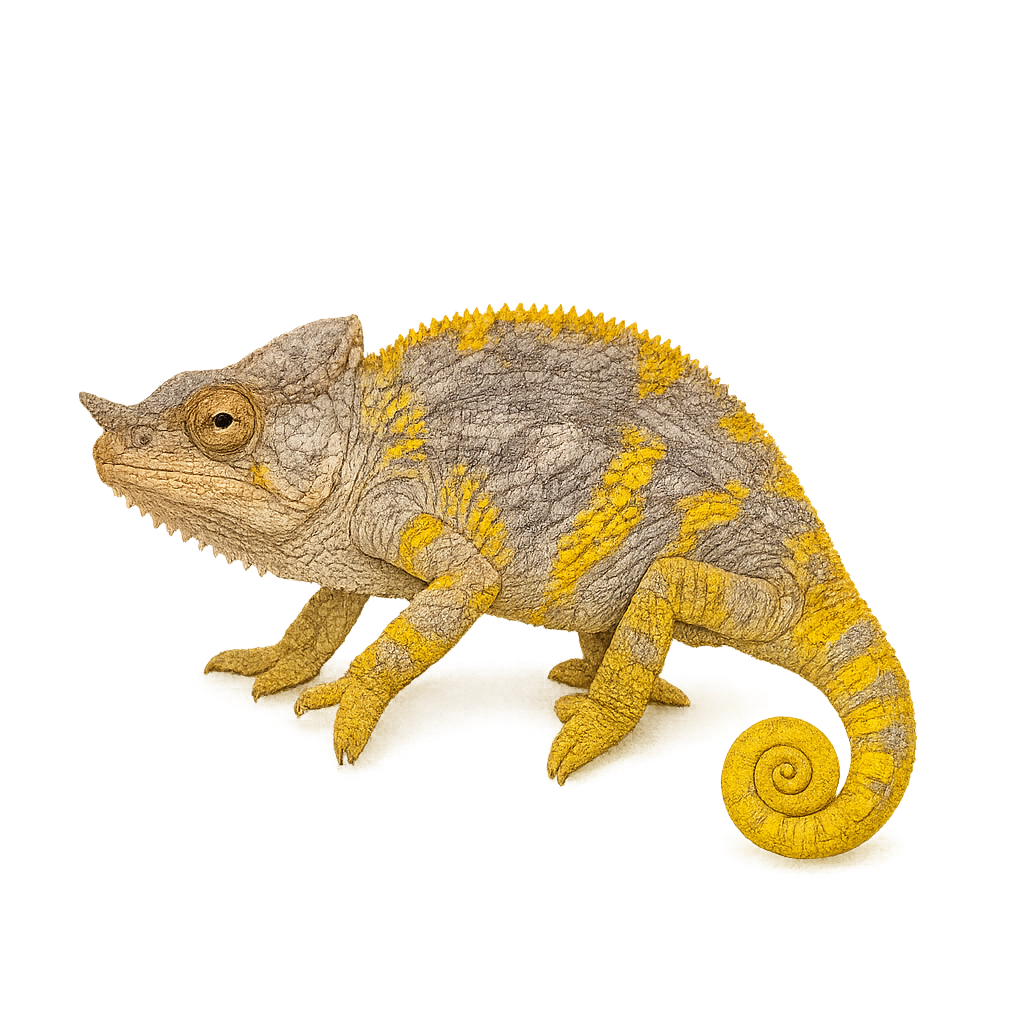Your wildlife photography guide.
Explore the short-horned chameleon in detail, study its behavior, prepare your shots.
Where to observe and photograph the short-horned chameleon in the wild
Learn where and when to spot the short-horned chameleon in the wild, how to identify the species based on distinctive features, and what natural environments it inhabits. The WildlifePhotographer app offers tailored photography tips that reflect the short-horned chameleon’s behavior, helping you capture better wildlife images. Explore the full species profile for key information including description, habitat, active periods, and approach techniques.
Short-horned Chameleon
Scientific name: Calumma brevicorne

IUCN Status: Near Threatened
Family: CHAMAELEONIDAE
Group: Reptiles
Sensitivity to human approach: Suspicious
Minimum approach distance: 3 m
Reproduction period: December to February
Incubation: 240–300 jours
Births: September to October
Habitat:
Humid forests, tropical forests, wooded areas
Activity period :
Active during the day when temperatures are favorable, often seen basking in the sun.
Identification and description:
The Calumma brevicorne, or short-horned chameleon, is a fascinating species of chameleon endemic to Madagascar. This reptile is distinguished by its short nasal horns and its ability to change color to blend into its environment. It primarily inhabits the island's humid forests, where it feeds on insects. This chameleon is diurnal and spends most of its time hunting and moving slowly among the branches. Its adult size generally ranges between 15 and 20 cm. Although it is relatively tolerant of human presence, it is essential to respect its natural habitat to ensure its survival. The Calumma brevicorne is currently classified as near-threatened due to deforestation and habitat loss.
Recommended lens:
Macro – adjust based on distance, desired framing (portrait or habitat), and approach conditions.
Photography tips:
To photograph the short-horned chameleon, it is advisable to use a macro lens to capture the details of its skin and distinctive horns. Look for it in the humid forests of Madagascar, where it blends into the foliage. Be patient and observe carefully, as it can be difficult to spot due to its camouflage. Approach slowly to avoid disturbing it and use a tripod to stabilize your camera. The natural light of the morning or afternoon is ideal for capturing vibrant colors.
From knowledge to field practice
A species profile helps you understand an animal. In the field, the challenge is often different. Remembering your own observations.
The WildlifePhotographer app allows you to:
• record your personal observations
• note locations, dates, and behaviors
• revisit your field references over time
• build a private and long-term field logbook
The app does not provide observation locations.
It helps you organize what you actually observe, with respect for wildlife.

